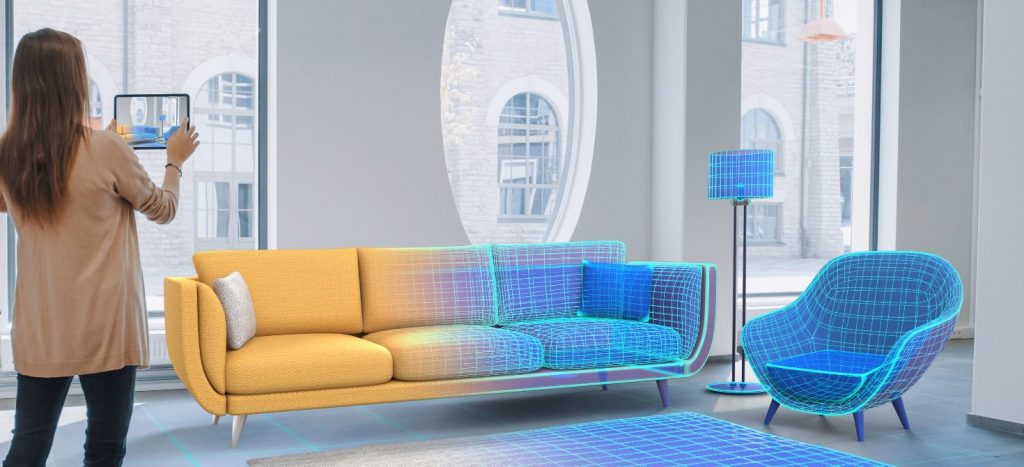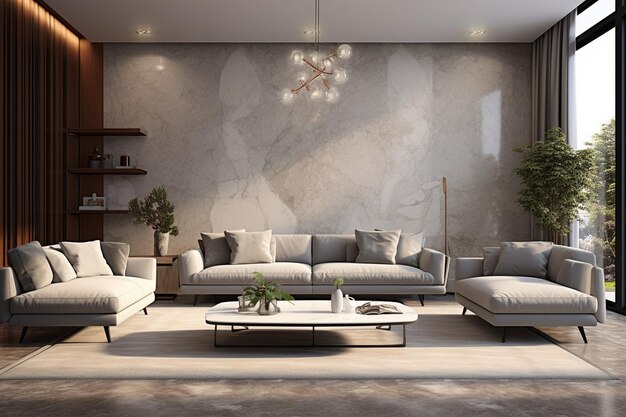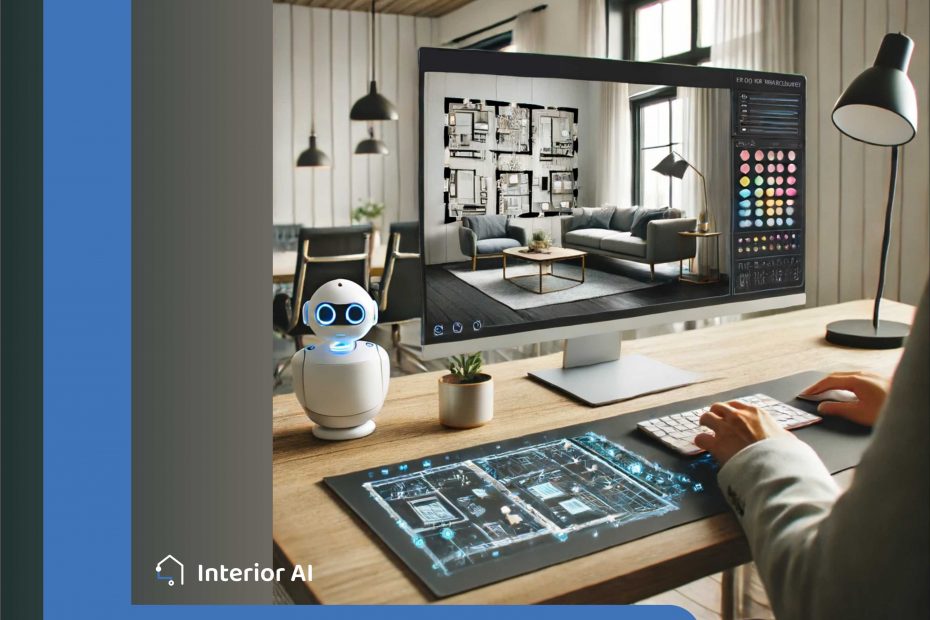In recent years, the concept of smart homes has transcended mere convenience, evolving into a transformative approach that integrates technology into our living spaces. As artificial intelligence (AI) continues to advance, its role in modern interior decor is becoming increasingly significant. From personalized design recommendations to automated systems that enhance functionality and aesthetics, AI is revolutionizing how we think about and experience our homes.

▎The Rise of Smart Homes
Smart homes are equipped with devices that connect to the internet, allowing homeowners to control various systems—lighting, heating, security, and appliances—remotely. This connectivity not only enhances convenience but also promotes energy efficiency and security. As more consumers embrace smart technology, the demand for sophisticated interior design solutions that incorporate these innovations is on the rise.
▎AI-Powered Design Tools
One of the most exciting developments in interior decor is the emergence of AI-powered design tools. These platforms utilize machine learning algorithms to analyze user preferences, lifestyle habits, and spatial dimensions, providing tailored design suggestions. For instance, applications like Modsy and Havenly allow users to visualize their spaces with virtual furniture and decor options based on their personal style.
AI can also assist in creating mood boards by curating color palettes and furniture styles that resonate with a homeowner’s aesthetic. By processing vast amounts of design data, AI tools can recommend combinations that users may not have considered, enabling a more innovative approach to interior design.

▎Personalized Experiences
AI’s ability to learn from user interactions allows for a deeply personalized home environment. Smart home systems can adapt to individual preferences over time. For example, a smart thermostat can learn a homeowner’s schedule and adjust the temperature accordingly, while smart lighting systems can create different atmospheres based on the time of day or specific activities.
Moreover, AI can analyze user feedback to refine design choices continually. If a homeowner expresses dissatisfaction with a particular color scheme or furniture arrangement, AI systems can suggest alternatives that align better with their tastes. This level of personalization ensures that interior spaces not only look good but also feel comfortable and functional for their inhabitants.

▎Enhanced Functionality
Beyond aesthetics, AI contributes significantly to the functionality of modern interiors. Smart home devices can be integrated into the design seamlessly, ensuring that technology enhances rather than detracts from the overall look. For example, hidden speakers and automated blinds can be incorporated into the decor without compromising style.
Additionally, AI can optimize space utilization in small homes or apartments. By analyzing room dimensions and furniture layouts, AI-driven design software can suggest arrangements that maximize space while maintaining an inviting atmosphere. This is especially valuable in urban environments where square footage is at a premium.
▎Sustainability and Energy Efficiency
As sustainability becomes a priority in interior design, AI plays a crucial role in promoting eco-friendly practices. Smart home systems can monitor energy usage and suggest ways to reduce consumption. For instance, AI can analyze patterns in energy use and recommend optimal times for running appliances or adjusting heating and cooling systems.
Moreover, AI can assist in selecting sustainable materials and products during the design process. By considering factors such as durability, recyclability, and environmental impact, AI tools can guide homeowners toward choices that align with their values.

▎The Future of Interior Decor
As technology continues to evolve, the integration of AI in interior decor will likely expand further. Future developments may include virtual reality (VR) experiences that allow homeowners to immerse themselves in potential designs before making decisions. Additionally, advancements in natural language processing could enable more intuitive interactions with smart home systems, allowing users to communicate their needs and preferences more naturally.
In conclusion, the intersection of AI and interior decor is reshaping how we design and interact with our living spaces. By offering personalized solutions, enhancing functionality, promoting sustainability, and creating smarter homes, AI is not just a tool for convenience; it is a catalyst for innovative design that meets the needs of modern living. As we move forward into an increasingly digital future, the role of AI in interior decor will undoubtedly continue to grow, providing homeowners with smarter designs that reflect their unique lifestyles.




